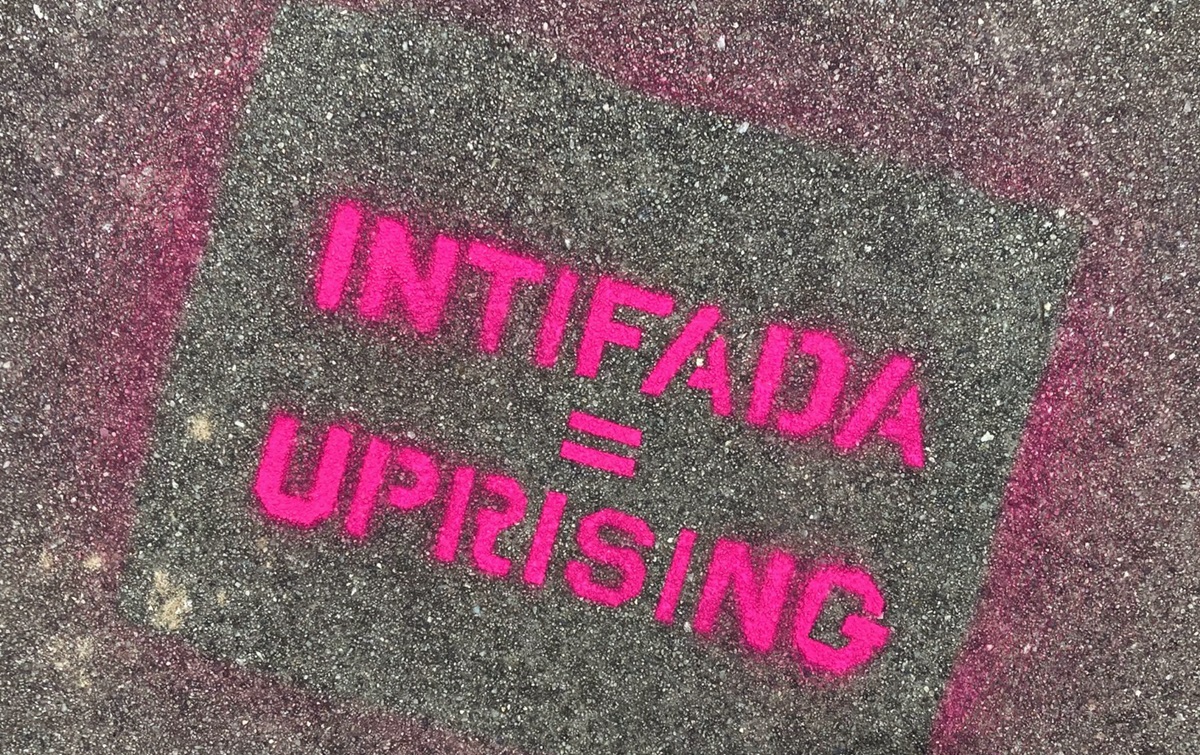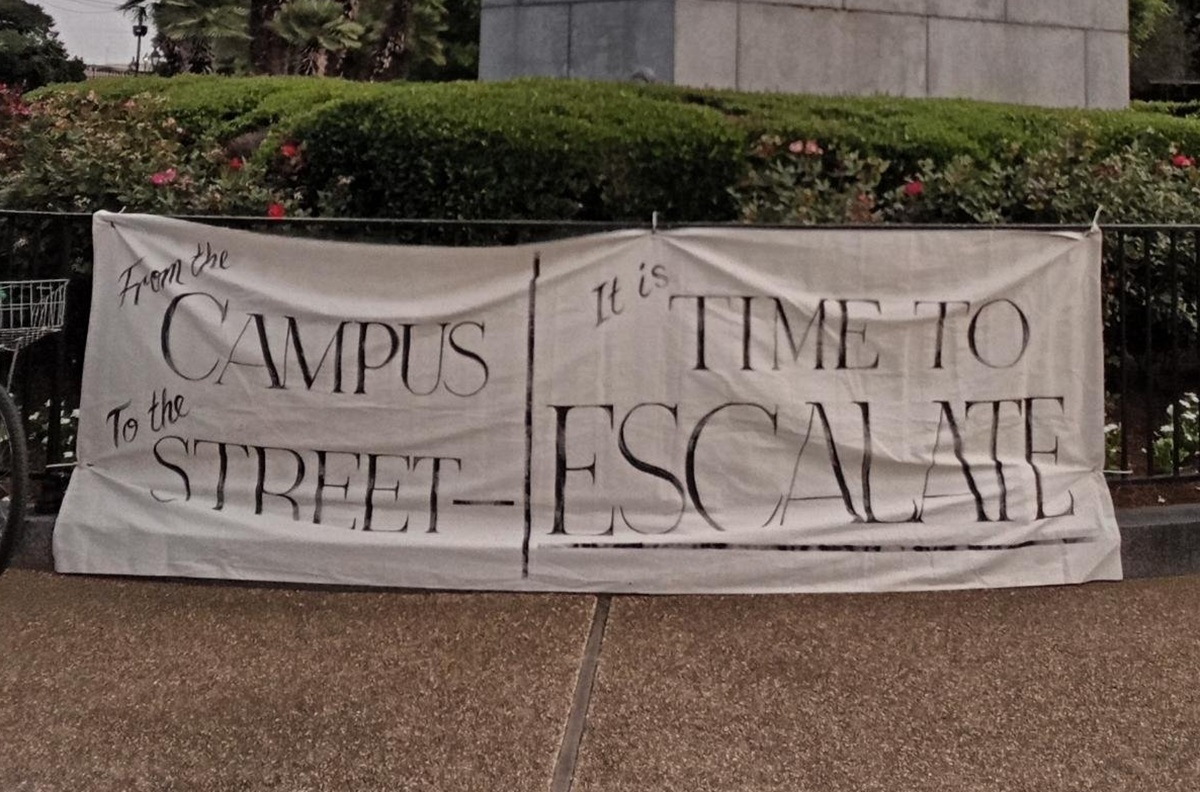Filed under: Action, Labor, Southeast, The State

#55Strong update on the Omnibus Bill walkouts from a West Virginia teacher Michael Mochaidean, also of the IWW.
On Monday, February 17th, Presidents of the three major education unions in West Virginia announced a statewide walkout by union members in opposition to the Senate’s Omnibus Education bill – SB451. As mentioned previously, SB451’s key sponsor, Patricia Rucker, is an ALEC member and far-right Tea Party Republican. Rucker is a homeschool parent and former Catholic school teacher who has claimed that she and her family fled to West Virginia from “socialist Montgomery County [Maryland].” SB451’s most onerous provisions included a union-busting “payroll protection” clause, the introduction of unlimited charter schools, and Educational Savings Accounts (ESA’s) with a broad applicability for students with IEPs.
The House had taken over a week to consider SB451 in both the Education and Finance committees before the bill was amended yet again on the House floor. The amended House version reduced the number of charter schools to two per year, with a provision that, according to AFT-WV leadership, made them “a non-starter.” A majority of staff, parents, and board of education members would have to vote in favor of setting up a charter school. The provision eliminated ESA’s, as well, reducing fears that more funding would be diverted for private usage that could then never be recouped. The House version, however, included an additional amendment that would have been devastating to the safety of West Virginia’s children. This amendment relates specifically to the inclusion of a school resource officer in every public school throughout the state, irrespective of size or diversity. Coming off the heels of the one-year anniversary of the Parkland Massacre, this amendment utilized the deep-seated desire for protection to divert attention away from mental and psychological aid and towards retributive, punitive justice.
VICTORY IN WEST VIRGINIA: Under pressure from today's strike, the Republican-led House just now voted 53-45 to kill the pro-privatization bill. Strikes work — and West Virginian educators have again made history. pic.twitter.com/6fXriwAeCT
— Eric Blanc (@_ericblanc) February 19, 2019
The Walkout Begins
When the Senate took up the House-amended version on Monday, it quickly became apparent that the ALEC-sponsored legislators had no desire to reduce charter schools or provide fiscal updates on the costs of their newly-crafted amendments to the amendments. Legislators had less than thirty minutes to read the 130-page bill, without being provided fiscal notes as well, before voting 18-16 in favor of a new version of SB451. This newest version on Monday removed unlimited charters in favor of a cap on seven charters and a reduction in ESA eligibility to 1,000 recipients. It was then that Dale Lee, Fred Albert, and John White, respective leaders of WVEA, AFT, and WVSSPA, made the announcement that a statewide walkout would take place. The goal for the walkout was to effectively force the House to table the bill indefinitely, thus killing it before it could reach conference committee.
“Wednesday will show whether the #55United movement has won a total victory in protecting public education from neo-liberal privatizers and austerity-minded groups, or if it is only the beginning of a larger struggle that has yet to be decided.”
Later Monday evening, the infamous red map of West Virginia counties began to close one by one. Only one county – Putnam – remained open. Rumors began to swirl as to whether the superintendent, John Hudson, had received money or assistance from Senate President Mitch Carmichael to remain open, thus defeating the unifying thread of remaining #55United. Nevertheless, whatever Hudson’s motives, teachers and service personnel from neighboring counties left their homes early the next morning to picket at the bus garages in Putnam County. By 5:45am, a long line of dozens of education workers blockaded the bus exits. By 6:30am, it was confirmed that no buses were running their routes that day. Schools suffered the occasional scab, but almost no service personnel or teacher crossed a picket line throughout the county. Parents were videotaped turning around upon seeing picket lines, as happened many times in the recent UTLA strike as well.
By noon on Tuesday, the House had voted to table SB451 indefinitely. Politically, this means that the bill was never voted on in the House, so it would not be possible for the bill to be resurrected and brought to a conference committee at last minute. One possible point of contention, however, was that the bill could be brought back in its Senate-amended form within twenty-four hours. Governor Jim Justice, who had told teachers and school service personnel a few hours later that he wanted “them in schools tomorrow, doing their jobs,” noted to reporters that he would veto the bill as it stood in an attempt to calm rising tensions. In West Virginia, however, a govetheoretically rnor’s veto can be overridden by a simple majority in both houses, effectively negating the power and weight of a veto.
Lessons from the 2018 Wildcat
It appears that union leadership has learned a lesson from last year’s wildcat strike. When asked to return to work last year or face the possibility of an injunction, teachers refused the compromise with Governor Justice and their union presidents and continued to stay on strike for the next four days. Although AFT leadership had initially been in favor of much of the House-amended version of SB451, even they joined in the chorus in condemning the Senate’s tactics and chose to endorse a continuing walkout into a second day (Wednesday). This would ensure that any nefarious tactics that the Senate or House had to resurrect the bill, or one similar to it, would be nullified by maintaining picket lines for an additional day.
At this moment, Putnam County is the sole county open for school on Wednesday. Already, though, teachers and service personnel have begun preparing to visit Putnam County picket lines in preparation for a more physical confrontation. Some counties, such as Kanawha and Ohio, may see injunctions should the walkouts continue past Wednesday, however. A contentious board of education meeting in Ohio County had jolted the nerves of many there. Last year, Ohio County had prepared documentation to file for an injunction as the strike was ending. Kanawha’s superintendent, likewise, stated that in the event of a walkout, schools would remain open. Given that Kanawha County is the capital county of the state and has the most schools of any county, a strike-busting move of that magnitude could have reverberations across the state.
Wednesday will show whether the #55United movement has won a total victory in protecting public education from neo-liberal privatizers and austerity-minded groups, or if it is only the beginning of a larger struggle that has yet to be decided.
Michael Mochaidean is an organizer and member the West Virginia IWW and WVEA unions and public high school teacher. He is currently co-authoring a book detailing the 2018 education walkouts, their triumphs and limitations one year later.
For further reading on teachers struggles we recommend “Strike To Win: How the West Virginia Teacher Strike Was Won” and “Picket Line Lessons: The UTLA Teacher Strike.”
TP





